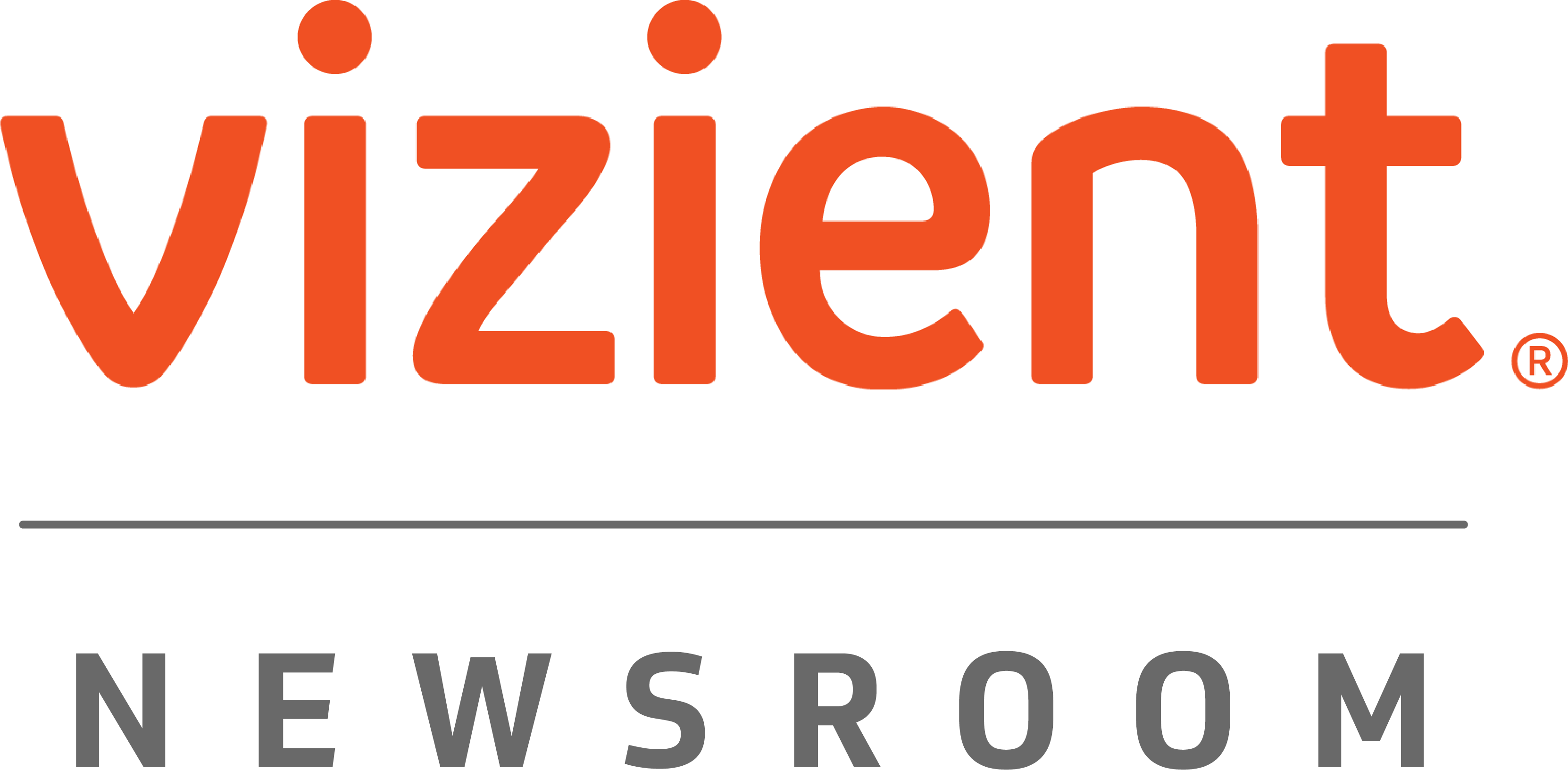- Clinical
- Operations & Quality
Nurturing success: Retaining strategies for newly licensed nurses
In a recent focus group, the Vizient/AACN Nurse Residency Program team uncovered themes that contribute to high levels of support and professional satisfaction, most notably providing stable transitions and creating a healthy work environment.
- Clinical
- Supply Chain
Four ways to address ligature risks in patient rooms and beyond
Ligature risk mitigation requires collaboration among stakeholders and adherence to best practices, including comprehensive risk assessments, implementing design solutions, staff training, and ongoing monitoring and evaluation.
- Clinical
- Pharmacy
- Operations & Quality
A Chief Pharmacy Officer in your C-suite: Vital to health system success
Margins are tight everywhere in healthcare, but a hospital’s pharmacy department has a strong capacity to bring value — especially if that organization has an established chief pharmacy officer as part of its C-suite.
- Clinical
- Operations & Quality
How do you compare? Leverage data to optimize your payer positioning and value-based care performance
Vizient’s Tawnya Bosko outlines five strategies for how healthcare providers can use claims, clinical data and benchmarking services to maximize their potential with payers by navigating blind spots and refining improvement efforts.
- Clinical
- Operations & Quality
Value-based care disruptors: What can health systems learn from their successes and failures?
By paying attention to how value-based care disruptors are changing the healthcare landscape, system leaders can adapt to their own strategies to share in the reward of increased patient quality care and service at a lower cost.
- Clinical
- Operations & Quality
Improving patient safety: Early recognition and a timely response to clinical deterioration
Vizient’s Tammy Williams shares recommendations on how healthcare organizations can improve patient safety with timely response to clinical deterioration.
- Clinical
- Operations & Quality
Implementing trauma-informed care: A tool to prevent violence in healthcare
Trauma-informed care can be a successful strategy for healthcare organizations to prevent violence by integrating person-centered strategies that prioritize safety, minimize triggers and promote empathy and mutual respect.
- Pharmacy
- Clinical
- Operations & Quality
Navigating the laboratory’s macro- and microeconomic environment
Amid a macroenvironment of inflation and rising healthcare costs, healthcare leaders should carefully assess these microeconomic trends as part of their hospital-based laboratory decision-making throughout 2024 and beyond.
- Clinical
- Operations & Quality
It's Time to Refresh Your Value-Based Care Strategy: Six Trends to Consider
To remain relevant in all aspects of healthcare financing and delivery, leaders should evaluate their value-based care strategies to consider key trends and market conditions.
- Clinical
- Operations & Quality
Community Health Workers: A Bridge to Health Literacy and Patient Outcomes
With a deep understanding of the communities they serve, community health workers are significant resources for healthcare organizations to improve patients’ health literacy and address their clinical and non-clinical needs.
- Clinical
- Operations & Quality
- Supply Chain
Improving the Provider Narrative: Vizient's Briefings Amplify the Voice of Hospitals on Capitol Hill
Learn about the three briefings that Vizient hosted in 2023 — attended by dozens of Congressional staff and Members of Congress — serving as a platform to remind policymakers of the critical impact of hospitals and health systems in their communities.
- Clinical
- Operations & Quality
In Healthcare, Culture is Where Margin Meets Mission
Creating a 'glad to be here' culture in healthcare is more than just a motto. It's a mindset that drives excellence and exceptional care. Learn how to merge margin and mission in your organization in the latest blog post from Vizient CEO Byron Jobe.
- Clinical
- Operations & Quality
Reviving the Nursing Workforce By Applying Starling’s Law
Learn how healthcare leaders can work together to optimize systems to ensure nursing’s trusted place in delivering high-quality, patient-centered care — without missing a beat.
- Clinical
- Operations & Quality
Investing in Advanced Practice Provider Transition to Practice Programs
As nurse practitioners and physician assistants play an increasingly crucial role in bridging healthcare gaps, the need for organizations to implement transition to practice programs is paramount.
- Clinical
- Operations & Quality
Using Social Drivers of Health to Reduce Admissions for Diabetes Patients, Among Others
By leveraging the patent-pending Vizient Vulnerability Index™, healthcare organizations focused on mission and margins can act upstream to directly address SDOH to help reduce preventable admissions in high-needs communities.
- Clinical
- Operations & Quality
Letting Go of Past Prized Practices: Making Meaningful Change in Healthcare
To address the struggles in healthcare, healthcare organizations must be willing to shift their mindset, challenge the status quo of old practices and embrace meaningful change.
- Clinical
- Operations & Quality
Courageous Conversations: Fostering Meaningful Dialogue About Quality End-of-Life Care
Vizient’s Nicole Spatafora, assistant vice president, performance improvement programs, offers key takeaways for healthcare organizations when conversing with patients about palliative care.
- Clinical
- Operations & Quality
The Power of Strategic Healthcare Partnerships
In today's healthcare landscape, tight margins, disruptors and new digital tools require organizations to take a new approach. Vizient CEO Byron Jobe shares how successful health systems leverage strategic partnerships to solve their biggest challenges.
- Clinical
- Operations & Quality
Promoting Chief Nurse Executives’ Self-care Improves Overall Staff Wellbeing
Healthcare organizations can create larger workforce impacts by ensuring wellness starts at the top with proactive management of psychological hazards and job remodeling to encourage chief nurse executives to “put on their oxygen mask first.”
- Clinical
Understanding Options for Breast Reconstruction
More than 100,000 women undergo breast reconstruction surgery each year. It’s a deeply personal decision, and one that requires an understanding of the various options and what’s involved in each.
- Clinical
- Operations & Quality
Facing the Game Changers: A New Era of Healthcare Access
With retail powerhouses, tech titans, venture capitalists and insurance providers reshaping the healthcare terrain, it’s more important than ever for healthcare organizations to realize their patients as customers to compete in the marketplace.
- Clinical
Building a Successful Strategy to Embrace Advanced Practice Providers
To celebrate National Advanced Practice Providers Week (APPs), Vizient AVP of Clinical Team Insights Christen Hunt outlines the steps necessary to build a successful APP workforce strategy.
- Clinical
Beyond the Buzz: A Roadmap to Responsible AI Implementation in Healthcare
Artificial intelligence is reshaping healthcare, and it's crucial that we navigate this transformation responsibly. Vizient CEO Byron Jobe discusses how healthcare organizations can take steps to adopt these solutions effectively and ethically.
- Clinical
- Data & Analytics
- Operations & Quality
Looking Ahead at Workforce Needs to Care for the Patient of the Future
Caring for the patient of the future requires building a workforce with the right mix of skills, roles and functions to tackle the growing list of drivers upending healthcare. These include an increasingly older and more diverse population, navigating the ...
























